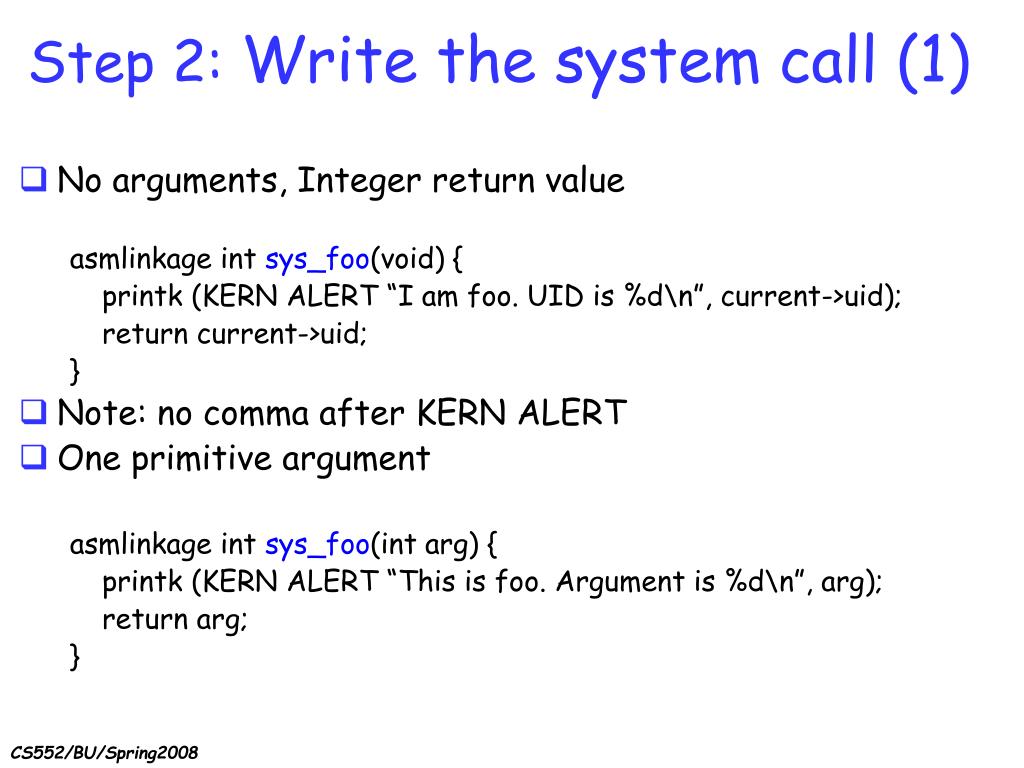

String joinedStr = String.join(", ", strings) // "one, two, three, four" - resulting StringĮxample with String.join(CharSequence,Iterable): List strings = List. A dash does not usually exist on a standard keyboard but can be represented with two hyphens. The information between two commas may be considered additional, and removing it should not affect the meaning of the sentence. Returns a new String composed of copies of the CharSequence elements joined together with a copy of the specified delimiter.īoth versions expect as the first argument delimiter of type CharSequence, and as the second argument we can provide either varargs of CharSequence or Iterable.īoth methods generate under the hood a byte-array filled byte representations of the provided elements and delimiter according to their encoding and then turn it into the resulting String.Įxample with String.join(CharSequence,CharSequence.): String strings = There are three types of prepositional phrases. They are most commonly used to indicate the relationships between time, space, location, and direction.


Prepositional phrases are used to show the relationship between other words in a sentence. It can also be done using Java 8 static method String.join(), which comes in two flavors. A prepositional phrase is a group of words consisting of a preposition, an object, and any modifiers.


 0 kommentar(er)
0 kommentar(er)
